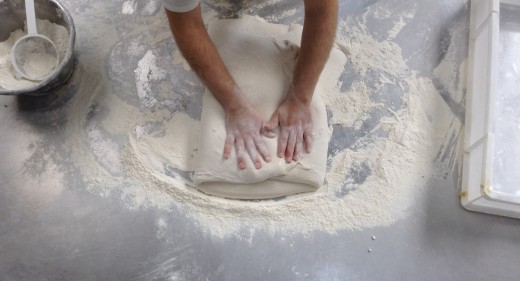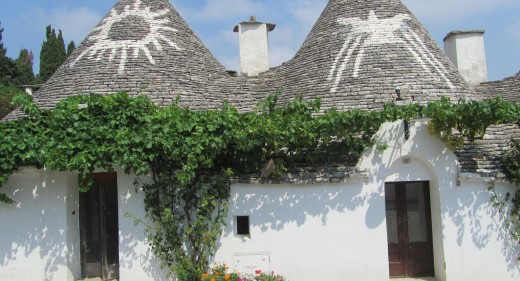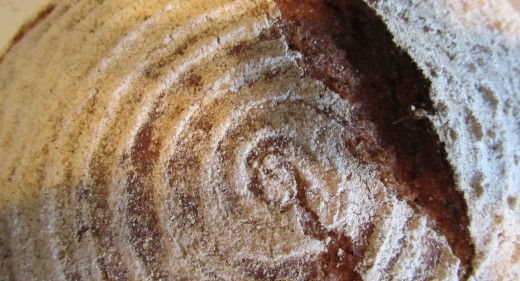What features make bread #realbread? Some argue it comes down to taste, but others note down it is a combination of the crust and texture inside the bread, smell and characteristics of taste.
Artisan bakers use passed down traditional processes to ensure that these features are embodied within each loaf. The fermentation of the dough during bread-making plays a pivotal role.
Bread such as sourdough requires a long fermentation process to achieve a good rise. But the process towards #real bread begins with the pre-ferment (also known as bread starter). Also referred to as the mother dough, it becomes the main foundation of the bread-making process. The combined water and flour (starter) requires wild yeast, which lives everywhere (in the air, in a bag of flour etc), which is then regularly fed with more fresh flour and water until the starter is bubbly and billowy. Due to this process, breads such as sourdough are distinctive to each bakery and no two bakeries as the same.
Yeast is the most commonly used leavener in bread making and fermentation is the key secret to making great #realbread. For fermentation to take place, yeast requires food, moisture and a controlled warm environment. The by-products are carbon dioxide, alcohol and other organic compounds – with gas acting as the rising agent and alcohol and compounds playing a significant role in flavouring and texture.
Yeast provides the enzyme zymase, which acts as a catalyst in fermentation – this largely begins after the dough is mixed. This creates the leavening effect, with gas bubbles created by carbon dioxide causing dough to rise. This then allows protein and water molecules to move about and form more gluten networks.
The fermentation process results in better-developed and more extensible dough. This also gives the bread a greater aroma, which is notable during the final steps to baking.
Did you know?
– Fermenting dough with wild yeasts for at least 12-15 hours improves the digestibility of the bread and lowers its glycaemic index.
– Ancient Greeks used wine in their bread making process
– Ancient Gauls and Iberians used the foam produced atop ale for dough fermentation
– Breads that have gone through a timely and proper fermentation process have a better shelf life than those that have not
One popular, well known artisan bread that utilises the long fermentation process is sourdough. Its notable features include a glossy, open crumb structure with large holes, a irresistible crackling but chewy crust and a complex, delicious and mouth-watering taste and aroma. Sourness is dependable on both the skill and choice of the baker ranging from barely noticeable to a robust tang.
Fermentation is considered a great art and artisan bakers work towards preserving tradition by offering a unique experience with each loaf of bread. Dolce Forno provides breads such as sourdough, which you can enjoy with a dip, in a sandwich or even enjoy by itself (toasted can accentuate certain flavours!).
Dolce Forno offers five delicious, hearty and wholesome sourdough breads with each loaf developed with a fermentation process that is more than twenty-four hours. We believe in keeping to traditional processes to provide the ultimate artisan bread experience with #realbread.
Are you a cafe, venue or restaurant looking for a local supplier of fresh baked pugliese, ciabatta, sourdough and other artisan breads? Dolce Forno delivers freshly baked artisan breads and pastries within Hertfordshire, St Albans, Surrey, Berkshire, London and Buckinghamshire.
Contact us today to arrange a FREE sample tray of our artisan breads or pastries. Call our team at Dolce Forno Breads on 01727 762 456 or alternatively email contact@dolceforno.co.uk to find out more.














